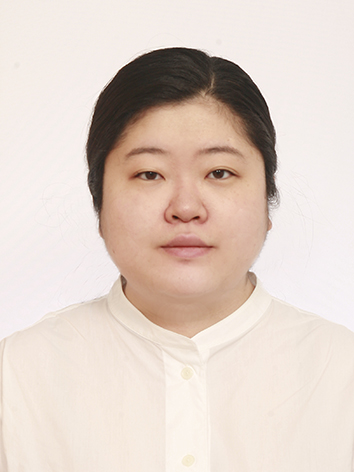Korea could allow Unesco listing of Japanese gold mines if conditions met
Published: 07 Jun. 2024, 16:13
-

- LIM JEONG-WON
- lim.jeongwon@joongang.co.kr
![A mine shaft built after the Meiji era in the Aikawa gold and silver mines in the Sado mine complex on the island of Sado, in Niigata Prefecture, Japan, is shown in this file photo. [YONHAP]](https://koreajoongangdaily.joins.com/data/photo/2024/06/07/051a1b68-c4ee-4f69-90bf-a658529b3984.jpg)
A mine shaft built after the Meiji era in the Aikawa gold and silver mines in the Sado mine complex on the island of Sado, in Niigata Prefecture, Japan, is shown in this file photo. [YONHAP]
The Korean government said Friday that whether Seoul will support Tokyo’s bid to inscribe the Sado gold and silver mine complex as a Unesco World Heritage site will depend on Japan’s response.
Korea had previously requested that the Sado mines' heritage timeline be revised to include the 1910-45 Japanese colonial period and reflect the entire history of forced labor at the site.
The Japanese Agency for Cultural Affairs announced Thursday that Unesco's World Cultural Heritage expert advisory body deferred the Sado mines' nomination.
The advisory group, the International Council on Monuments and Sites (Icomos), recommended that the nomination be referred back to Japan.
Korea strongly opposes the Sado mines' World Heritage listing because approximately 1,500 Koreans were forcibly mobilized for labor in the mines starting in 1939.
In pushing for the Sado mines to be named a World Heritage site, Japan designated the mines' heritage timeline as between the 16th and 19th centuries, drawing criticism that it is trying to circumvent the forced labor issue.
Icomos issues one of four recommendations — inscription, referral, deferral and non-inscription — through document review and on-site inspection of the subject for registration review. Referrals ask for further explanations, such as submission of additional data, for the site in question to be registered as a World Heritage Site at the Unesco World Heritage Committee meeting held that year or the following year.
Icomos requested an additional explanation from Japan, noting that parts of the mine complex where most of the heritage dates from the modern era should be excluded from the scope of a potential Unesco listing.
The advisory body also recommended that Japan “develop an interpretation and exhibition strategy that comprehensively covers the entire history of the property at the site level through all periods of mining operations.”
The Korean government’s position is that the entire history of the Sado mine complex, including the history of forced labor during the Japanese colonial period, should be reflected.
The final decision on whether to register the Sado mines as a World Heritage Site will be made at the Unesco World Heritage Committee meeting, which will be held in New Delhi, India, from July 21 to 31.
Icomos’ recommendations will be used when the 21 World Heritage Committee member countries, including Korea and Japan, decide whether to fully register the Sado Mine as a World Heritage site.
“If we believe that our position is reflected, our government is considering not blocking the formation of a consensus within the Unesco World Heritage Committee,” said a Foreign Ministry official Friday. “However, if our position that the full history of the Sado mines should be reflected is not met, we will have to oppose the listing. The goal is to achieve a consensus between Korea and Japan while avoiding a situation where it goes to a vote.”
While the inscription decision requires a two-thirds majority of the 21 World Heritage Committee members, it is customary for the decision to be unanimous.
BY LIM JEONG-WON [lim.jeongwon@joongang.co.kr]










with the Korea JoongAng Daily
To write comments, please log in to one of the accounts.
Standards Board Policy (0/250자)